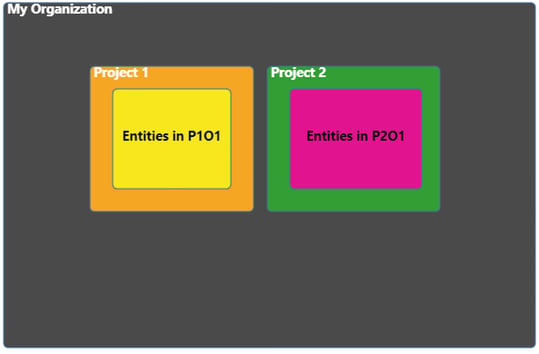Innoslate Concepts Overview
Your introduction to some basic concepts and terminology you will find within Innoslate.
What is Innoslate?
Innoslate is a comprehensive Model-Based Systems Engineering solution that covers the entire lifecycle of systems. It provides a diverse range of features that include project management capabilities, requirements definition, management and analysis, system modeling and simulation, and verification and validation.
Innoslate uses the Lifecycle Modeling Language (LML) and Systems Modeling Language (SysML) to describe its concepts and diagrams. LML was developed to simplify the elements, relationships, attributes, and diagrams used in systems engineering and project management. SysML is defined as an extension of a subset of the Unified Modeling Language (UML), that describes the standard way to visualize the diagrams.
Innoslate achieves this through its meticulously organized data structure. Within the Innoslate platform, users are provided with their own organizational sandbox referred to as an organization. Within each organization, users can easily create, collaborate on, and manage projects. Additionally, users have the ability to define and organize entities within each project.
Below is a layer diagram visualizing the hierarchy of the data structure mentioned above.

P1 = Project 1, P2=Project 2, O1= My Organization
Innoslate is available to users in two different formats: as a Software-as-a-Service (SaaS) solution and as a self-hosted web application known as Innoslate Enterprise.
The following pages provide a helpful introduction to the fundamental concepts and terminology that will greatly benefit you when using Innoslate.
- Organizations
- Projects
- Entities
- Entity Data Elements
- Attributes
- Relationships
- Labels
To continue learning about Innoslate Concepts, Click Here.
(Next Article: Organizations)
